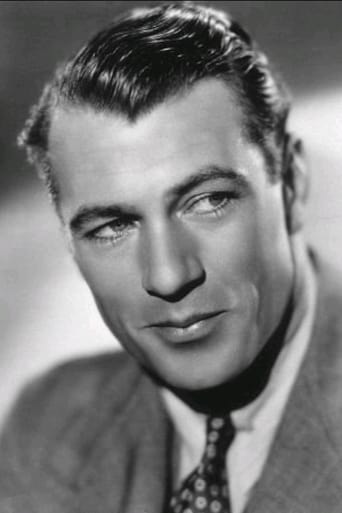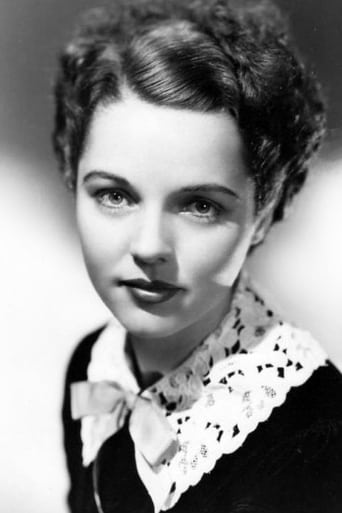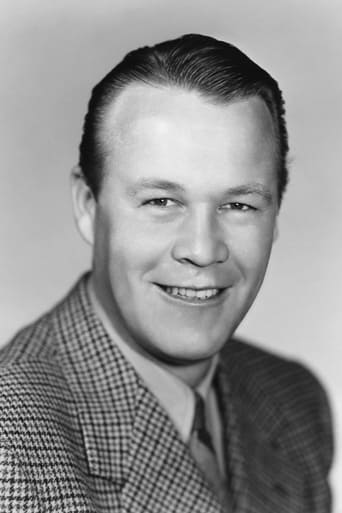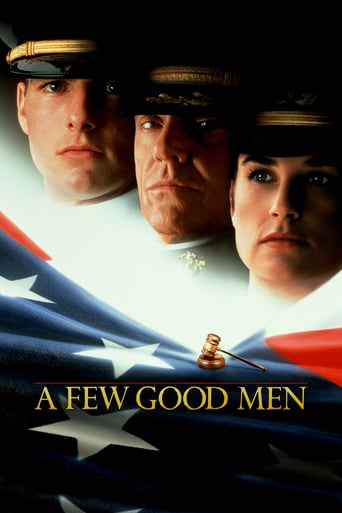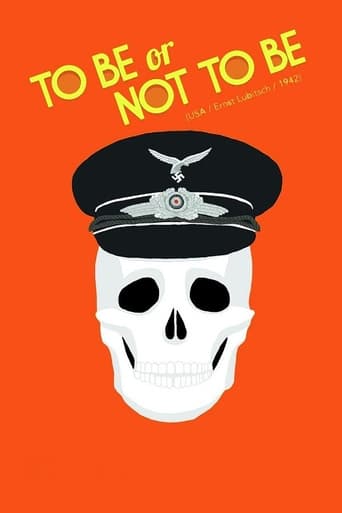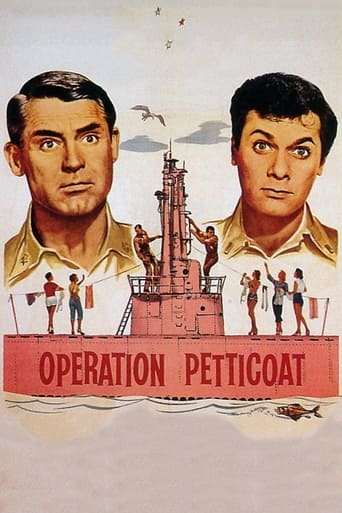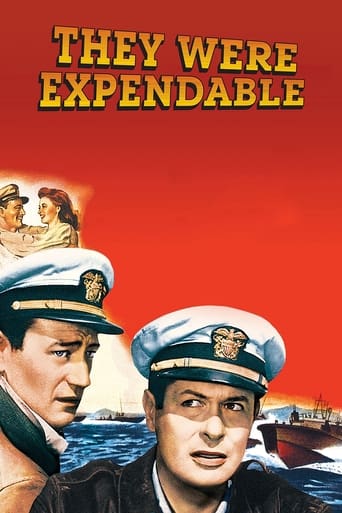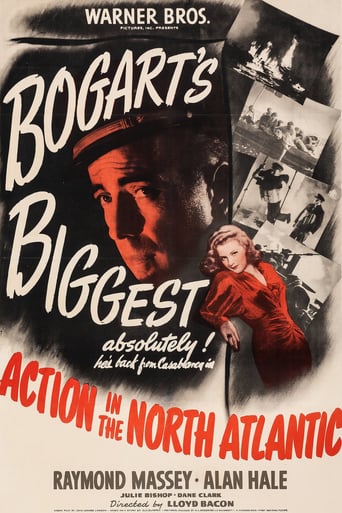
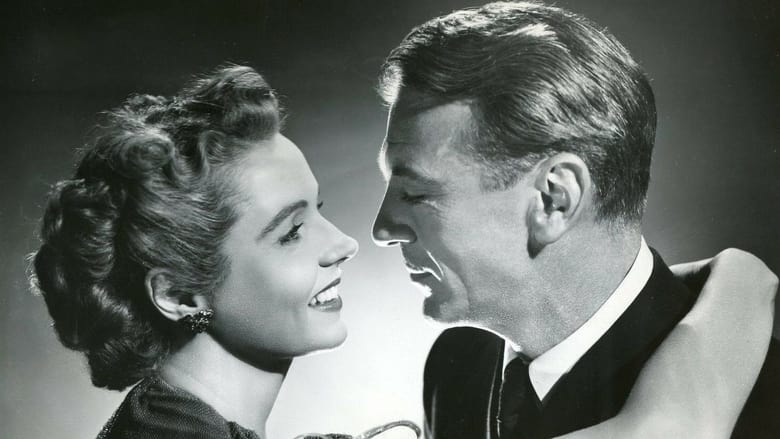
Task Force (1949)
After learning the finer points of carrier aviation in the 1920s, career officer Jonathan Scott and his pals spend the next two decades promoting the superiority of naval air power. But military and political "red tape" continually frustrate their efforts, prompting Scott to even consider leaving the Navy for a more lucrative civilian job. Then the world enters a second World War and Scott finally gets the opportunity to prove to Washington the valuable role aircraft carriers could play in winning the conflict. But what will it cost him and his comrades personally?
Watch Trailer
Cast
Similar titles
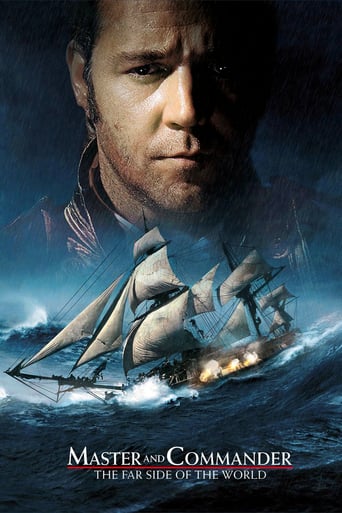
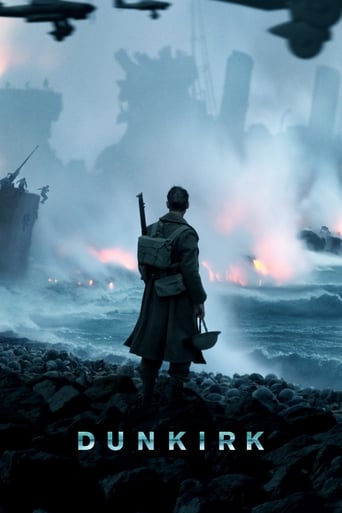
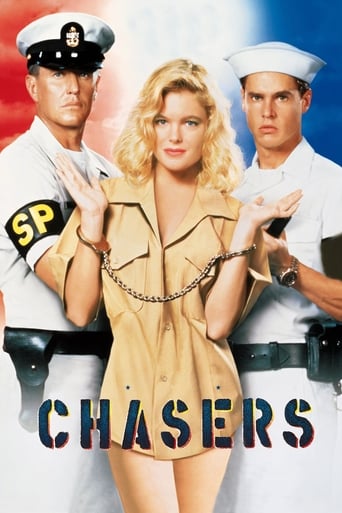
Reviews
From my favorite movies..
Clever, believable, and super fun to watch. It totally has replay value.
A movie that not only functions as a solid scarefest but a razor-sharp satire.
If you like to be scared, if you like to laugh, and if you like to learn a thing or two at the movies, this absolutely cannot be missed.
Written and directed by Delmer Daves, this unremarkable war drama uses several real events concerning the development of aircraft carrier warfare, from the original U.S.S. Langley and bi-plane aircraft of the 1920's through the U.S.S. Enterprise (among others) during World War II, as its backdrop (even jet fighters flying in formation are shown at the end of the picture).Initially thought to be too vulnerable to fund relative to battleships (e.g. slugging it out since 1812), the carrier became the Navy's most strategic weapon around which much of the rest of fleet was built to support. Six years before Gary Cooper would play Billy Mitchell, a visionary who predicted the advancement and strategic significance of the airplane in Naval battles, he played (a fictional) Jonathan Scott, a Navy pilot who finds himself in a similar position with regards to the aircraft carrier.The film actually begins (and ends) with officer Scott's retirement from the Navy, four years after the end of the Pacific campaign and WW II. Therefore, the story is told in flashback beginning in the early twenties when Scott was just a seaplane pilot being told he'd have to takeoff and land on a deck 65 feet wide, that of the only early carrier (a ship not decommissioned due to budget cuts), the Langley.The plot progresses through years of struggle with (e.g.) Congress over the acceptance of this new technology, up to Japan's attack on Pearl Harbor and 'our' subsequent hit and run strategy and tactics that led to the significant Battle of Midway victory etc..Most of the film is in B&W, but the last portion (about 20 minutes) of the movie is in color; it appears to consist of stock footage of the actual battles, ostensibly taking place as more than a dozen newly outfitted carriers advance towards Okinawa: the carriers' defense weaponry against enemy aircraft and Kamikaze attacks as well as planes crash landings on their decks are shown.The background story that holds everything together is that of Scott's life and Navy career. His initial flight commander, who during the course of the story becomes an Admiral who's also his superior officer, is Pete Richard, played by Walter Brennan (of course, their last of 8 films together). Jane Wyatt plays Mary Morgan, the wife of another early carrier pilot (Rory Mallinson, uncredited) who's killed that later becomes Scott's wife. Wayne Morris, who actually served in the Navy during World War II himself and became a highly decorated flying ace, plays McKinney, a student of Scott's at the Annapolis Naval Academy that becomes a dive bomber; Julie London plays his wife, the former Miss Barbara McKinney. Bruce Bennett plays McCluskey, someone who served with Scott while he was (being punished for speaking out of turn and) 'flying a desk', stationed at the Panama Canal, until they were both called to serve on a new carrier (the Saratoga; Jack Holt plays wing commander Reeves, who'd also served with Scott back in the 1920's). Stanley Ridges plays Senator Bentley and Art Baker plays Senator Vincent; both of whom argue over the value of the carrier to the fleet and future warfare with Admiral Ames (Moroni Olsen; Laura Treadwell, uncredited, plays his wife). John Ridgely plays Scott's oldest friend, Dixie Rankin, a fellow pilot from the early days whose wife Ruth (Mary Lawrence, uncredited) is killed during the Pearl Harbor raid. Apparently Edmond O'Brien is the uncredited voice heard on radio announcing the attack. Kenneth Tobey (uncredited) also appears very briefly as Captain Ken Willliamson, a man who's escorting and/or dating Mary at a Washington D.C. function before Scott arrives.
This film with Gary Cooper, Jane Wyatt (Mrs "Sarek" from Star Trek), and Walter Brennan, is about the history of Naval Air Power: Starting with the country's general stupidity about air power regarding aircraft carriers- And the fight against such stupidity and the eventual win of level heads and an adequate task force in the pacific during WW II.What is unusual about this film is that it begins in Black and White and is filmed as if it were a film made in the 30's - And about halfway through it becomes colourised. This film starts in the early 20's when there were very few carriers and aircraft and pilots to fly them. Cooper's character fights (Along with Brennan who is his immediate superior) to get better Naval Air Power. He is rebuffed by his superiors but never lets up... And eventually, after the incident in June 1942 where 3 Aircraft Carriers took out four Japanese carriers but were sunk or damaged themselves, the Navy was granted a better carrier force.Lots of great war footage is used in this film: They did not use special effects for Aerial battle scenes in moovies like these: It is odd to think that when you see a plane being shot down, a real person got killed in the crash.But the point of such films is not really entertainment: At the start of WW II the US had just about nothing as far as armed forces were concerned. It took decades to get to the point were we had what it took to take on a country with a superior maritime tradition.The real war footage is a stark reminder of things that happened. In recent years, this trend of using real war footage has again cropped up in a few pictures. For example, in "The Chronicles of Riddick," the "fireworks" in a battle are real rockets from Iraq.This film ends with Cooper retiring, and we see jets flying across the sky- So in a way, this film not only is showing us the history of Naval Air power, but also of Hollywood film-making.And that makes "Task Force" a clever and important film.
I have just watched this on TCM,and thought it was a very good film.It was a lot more realistic than most 1940s war films,and i was convinced that they were using real archive footage,which was the reason why the film suddenly changes to colour.I thought this was a great idea as special effects back then couldn't have shown the effects of mass destruction that was caused on US Naval ships.And this being a very important film needs to put its point across,so real archive footage does engross the viewer more.Gary Cooper was a fine actor of his generation,very convincing in his portrayal of Scott,the captain.Although i did have a chuckle when they said Scottie is on the Enterprise,i kept expecting someone to say beam him up.In all a very well made film shame its not on sale in the UK.
Gary Cooper does an excellent job playing a Gary Cooper-type character. This is one of the better WWII movies to come out of the 1940s era. Jane Wyatt and Walter Brennen also do a good job. Somehow, this film always gets a lower rating than it deserves. It is somewhat dated by today's standards but gives good background of naval aviation with some very good live action combat film footage. For another good 1940s era WWII action movie with lots of good gun camera shots, see "Fighter Squadron" with Edmund O'Brien and Robert Stack.
